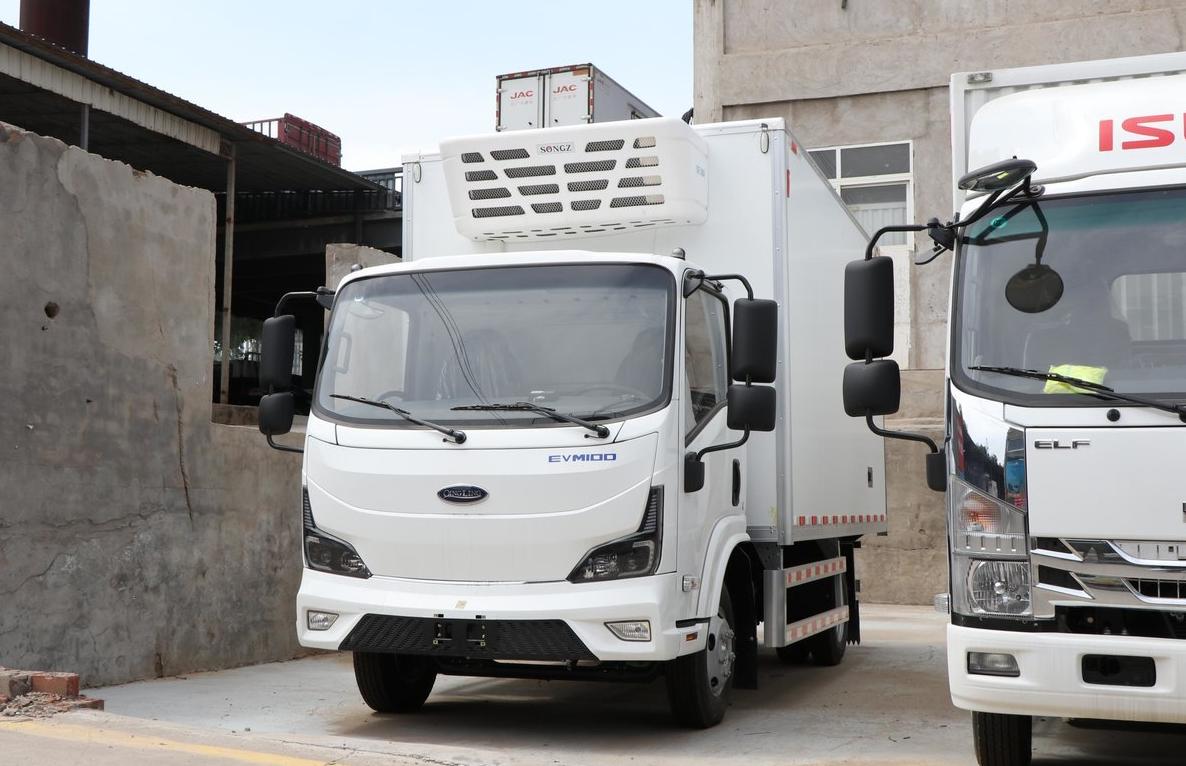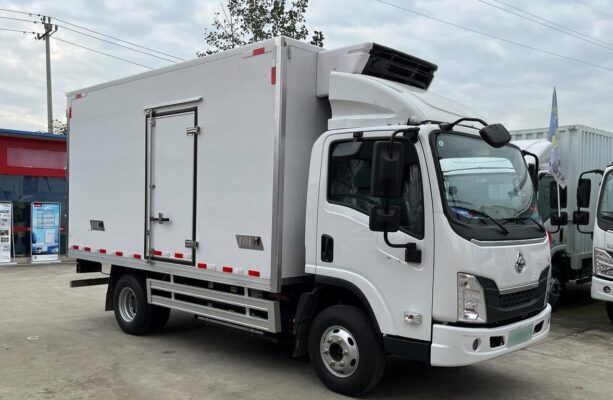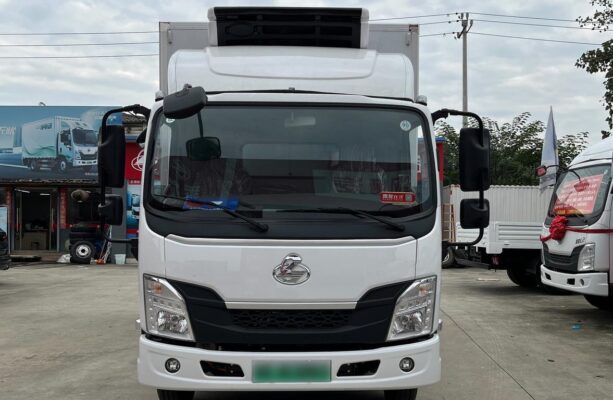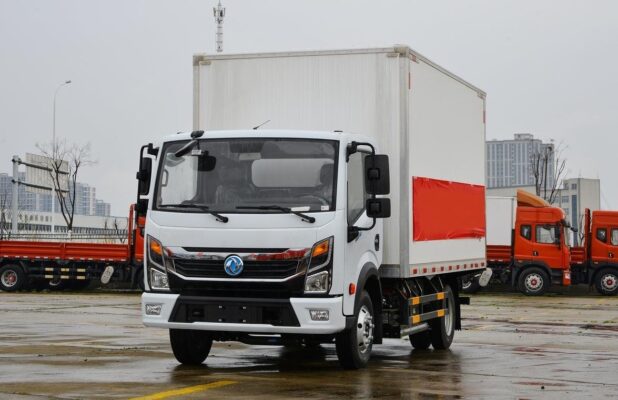Электр жүк ташуучу унаа жаңылыктары
Эмне үчүн электр унаасынын аккумуляторлору туруктуу эмес
Electric vehicles (EVs) have emerged as a popular and environmentally friendly alternative to traditional gasoline vehicles. Their ability to reduce emissions and dependence on fossil fuels has captured the attention of consumers and manufacturers alike. However, a significant concern for potential buyers is the durability and lifespan of EV batteries, which tend to be shorter than that of internal combustion engine vehicles. Understanding why электр унаа batteries are not as durable is essential for consumers considering an EV.
1. The Nature of Lithium-Ion Batteries
The majority of электр унааs utilize lithium-ion battery technology, which is a cornerstone of modern energy storage. While these batteries offer high energy density and efficiency, they come with inherent lifespan limitations. The degradation of lithium-ion batteries is a result of the chemical reactions that occur during charge and discharge cycles. Over time, these reactions lead to gradual capacity loss. This degradation process is not only inevitable but also varies in intensity based on several external factors.
2. Factors Influencing Battery Lifespan
Several key factors significantly influence the lifespan of электр унаа batteries:
A. Temperature Variations
Temperature plays a critical role in battery performance and longevity. Both extremely high and low temperatures can adversely affect battery chemistry:
- High Temperatures: When exposed to high heat, lithium-ion batteries can experience accelerated degradation, resulting in diminished capacity and performance. Heat increases the rate of chemical reactions within the battery, leading to potential thermal runaway—a serious safety concern.
- Low Temperatures: Cold temperatures can also impede battery performance, reducing its ability to deliver power. At low temperatures, the electrochemical reactions within the battery slow down, resulting in decreased efficiency and range.
Maintaining an optimal operating temperature is essential for prolonging battery life.
B. Charge and Discharge Rates
The rate at which an EV battery is charged and discharged can have significant implications for its lifespan:
- Rapid Charging: Fast charging methods, while convenient, can lead to increased thermal stress and elevated temperatures within the battery. Frequent reliance on fast charging may contribute to a faster decline in battery capacity.
- Discharge Rates: Similarly, rapid discharge during heavy acceleration or high-energy demands can result in stress on the battery, leading to accelerated wear and tear.
It is advisable for users to adopt moderate charging speeds and avoid excessive energy demands whenever possible.
C. Depth of Discharge
The depth of discharge (DoD) refers to how much of the battery’s capacity is used before recharging. Greater depths of discharge can negatively affect battery longevity:
- Full Discharge: Frequently allowing the battery to discharge completely can cause stress on the battery cells, reducing their lifespan significantly.
- Partial Discharge: Maintaining the battery charge within a moderate range (such as between 20% and 80% кубаттуулугу) can help mitigate stress and extend the battery’s effective life.
Users should aim to keep their batteries charged adequately without fully depleting them to optimize lifespan.
D. Battery Quality and Design
The design and quality of EV batteries vary significantly among different manufacturers and models:
- Brand Variability: Different brands have varying production standards and quality controls, which can lead to differences in battery durability and performance. High-quality batteries often feature better thermal management systems and advanced chemistries that enhance lifespan.
- Inherent Defects: Some battery designs may have manufacturing defects or weaknesses that predispose them to a shorter lifespan. It is essential for consumers to research and choose reputable brands that provide warranties and robust after-sales support.
3. Limitations of Charging Infrastructure
The current state of charging infrastructure can also impact battery lifespan:
- Insufficient Availability: In many regions, the availability of charging stations is still inadequate, forcing EV users to rely on fast chargers more frequently than they would prefer. The limited access to level 2 chargers (which offer slower, gentler charging) can lead to increased use of fast charging, ultimately harming battery longevity.
- Charging Speeds: Rapid charging can deplete the battery’s longevity. Inadequate infrastructure may necessitate fast charging, increasing thermal stress and accelerating degradation.
Consumers are encouraged to plan their charging strategies and utilize charging infrastructure wisely to extend battery life.
4. Extending the Lifespan of Electric Vehicle Batteries
While the factors contributing to the limited durability of EV batteries are significant, users can take proactive measures to extend their lifespan. Here are some practical steps:
A. Charge Wisely
- Moderate Charging Speeds: Opt for standard charging speeds whenever possible instead of relying on fast chargers. While fast charging is convenient, it can lead to quicker battery degradation.
- Minimize Charge Cycles: Reduce the frequency of charging sessions. Try to charge only when necessary and disconnect promptly once the battery reaches the desired charge level to prevent overcharging.
B. Temperature Management
- Parking Location: Avoid leaving the vehicle in extreme temperatures for prolonged periods. Whenever possible, park in shaded or temperature-controlled environments to mitigate heat exposure.
- Climate Control: Utilize the vehicle’s climate control features to maintain a suitable operating temperature, especially before charging.
C. Control Charge Depth
- Avoid Full Charges: Aim to charge the battery to approximately 80% of its capacity rather than fully charging it. This practice can help prolong the lifespan of the battery.
- Minimize Deep Discharges: Avoid completely depleting the battery. Keeping the battery charge above 20% helps reduce stress on the cells.
D. Choose High-Quality Batteries
- Research Brands: When purchasing an электр унаа, prioritize reputable manufacturers known for producing high-quality batteries. Investigate the warranties and support services they offer.
- Stay Informed: Keep abreast of developments in battery technology and consider upgrading to vehicles with newer, more durable battery technologies when possible.
E. Plan Charging
- Utilize Infrastructure Wisely: In areas with limited charging facilities, plan charging sessions to avoid peak hours. This strategy can help ensure access to charging stations while reducing the reliance on fast charging.
5. Lifespan Expectations of Electric Vehicle Batteries
The lifespan of электр унаа batteries is typically measured in cycles or mileage. On average, EV batteries offer a cycle count ranging from 1,000 чейин 2,000 cycles, translating to a mileage expectation of approximately 100,000 чейин 200,000 kilometers. These figures, however, are general estimates. The actual lifespan is influenced by various factors, including usage patterns, environmental conditions, and the quality of the battery itself.
6. Replacement Costs for Electric Vehicle Batteries
One of the significant concerns associated with электр унаа ownership is the cost of battery replacement:
- High Replacement Costs: The battery pack is often one of the most expensive components of an EV, constituting a substantial portion of the overall vehicle cost. Depending on the vehicle’s brand and model, replacement costs can range from tens of thousands to several hundred thousand yuan.
- Market Trends: Fortunately, as электр унаа technology continues to advance and competition in the market increases, battery prices are gradually decreasing. This trend suggests that replacement costs may become more manageable for consumers in the future.
7. Conclusion
In summary, the limited durability of электр унаа batteries can be attributed to the inherent constraints of lithium-ion technology, temperature fluctuations, charge and discharge dynamics, the quality and design of the batteries, and inadequate charging infrastructure. However, consumers can take proactive steps to extend the lifespan of their EV batteries through wise charging practices, temperature management, and careful selection of high-quality batteries.
The average lifespan of EV batteries ranges between 1,000 and 2,000 cycles or 100,000 чейин 200,000 kilometers, and while replacement costs are currently high, ongoing technological advancements and market competition are likely to reduce these costs in the future. Understanding these factors empowers consumers to make informed decisions about электр унаа ownership and battery maintenance, ultimately contributing to a more sustainable transportation future.





